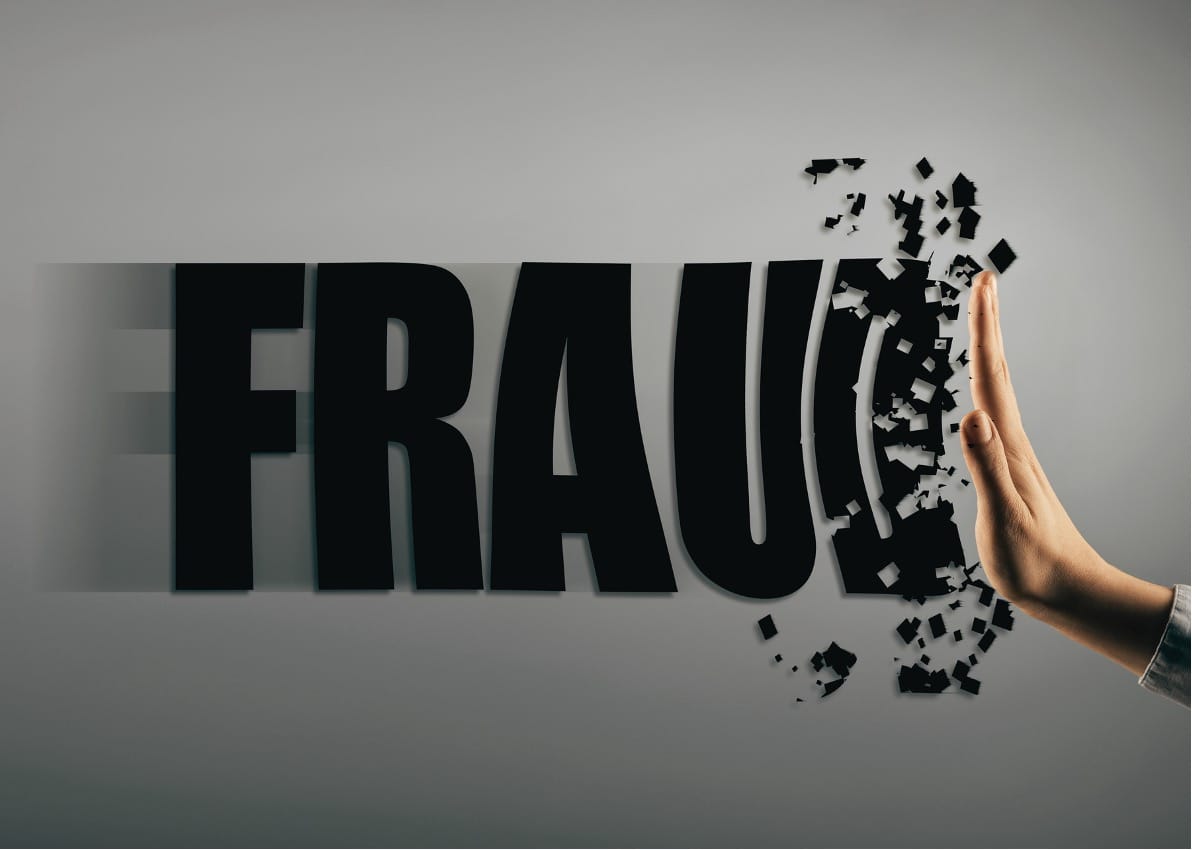Contributed by: Matt Cooper, Licensed Private Investigator, Former Law Enforcement Detective
In our increasingly connected world, mobile apps have become indispensable tools in daily life, enabling us to manage everything from finances and communication to shopping and entertainment with just a few taps on our smartphones. However, as these apps grow more integrated into our routines, they also become lucrative targets for cybercriminals. The recent case of Cash App fraud in Houston, where victims lost thousands of dollars, serves as a stark reminder of the risks associated with mobile app use.
The Rise of Mobile App Fraud
Mobile app fraud is a type of cybercrime that involves the unauthorized use of mobile applications to steal money, personal information, or both. These scams are becoming more sophisticated and more complex to detect, making them a significant threat to consumers and businesses alike. According to a report by RSA, mobile fraud transactions increased by 200% between 2019 and 2021, and this trend shows no signs of slowing down.
One of the reasons mobile app fraud is so prevalent is the widespread adoption of mobile payment systems and financial apps. Apps like Cash App, Venmo, and PayPal offer unparalleled convenience, allowing users to send and receive money with ease. However, this convenience can also be a double-edged sword. The very features that make these apps so user-friendly—instant transactions, minimal verification steps, and easy accessibility—are also what make them attractive to fraudsters.
A Closer Look at the Houston Case
The recent incident in Houston highlights the devastating impact of mobile app fraud. Victims of Cash App fraud reported losing thousands of dollars in unauthorized transactions, often with little recourse for recovery. These scams typically involve phishing tactics, where the fraudster sends a message that appears to be from a legitimate source, such as Cash App’s customer service. The message might claim that the user’s account has been compromised and ask them to click a link or provide personal information to “secure” their account.
Once the victim follows the instructions, the fraudster gains access to their account and drains their funds. In many cases, the victim is unaware of the fraud until they check their account balance, which is often too late to recover the stolen money.
This type of scam is not limited to Cash App; it can happen with any mobile payment or banking app. The Houston case is just one example of a broader trend where cybercriminals exploit the trust that users place in these platforms.
Protecting Yourself from Mobile App Fraud
Given the increasing sophistication of these scams, how can you protect yourself from becoming a victim? Here are some crucial steps you can take:
- Enable Multi-Factor Authentication (MFA): Multi-factor authentication adds an extra layer of security to your accounts by requiring a second form of verification, such as a text message code, fingerprint, or facial recognition, in addition to your password. Even if a fraudster manages to steal your password, they will only be able to access your account with this second verification step.
- Be Wary of Unsolicited Messages: Phishing scams often begin with an unsolicited message that appears to be from a legitimate source. These messages may claim that there is a problem with your account or that you need to take immediate action to secure your funds. Always be skeptical of such messages, and verify the sender by contacting the company directly through official channels.
- Monitor Your Accounts Regularly: Regularly checking your account balances and transaction history is one of the best ways to spot unauthorized transactions early. If you notice any suspicious activity, report it to your bank or app provider immediately. The sooner you act, the better your chances of recovering your money.
- Keep Your Apps and Devices Updated: Developers regularly release updates to fix security vulnerabilities in their apps. By keeping your apps and operating systems up to date, you ensure that you have the latest security patches, making it harder for fraudsters to exploit known vulnerabilities.
- Use Trusted Sources: Only download apps from reputable app stores like Google Play or the Apple App Store. Avoid downloading apps from third-party sites, as these are often not vetted for security and may contain malicious software designed to steal your personal information.
The Role of Digital Forensics in Combatting Mobile App Fraud
At LCG Discovery Services, LLC, we understand the complexities of mobile app fraud and the challenges it presents to individuals and businesses. Our team of digital forensics experts is trained to investigate and mitigate the effects of these scams, helping you protect your assets and hold fraudsters accountable.
Digital forensics plays a crucial role in identifying the sources of fraud, gathering evidence, and providing the necessary documentation for legal action. Whether you’re dealing with a sophisticated phishing scam or unauthorized transactions, our expertise ensures that you have the support you need to navigate these difficult situations.
The Importance of Vigilance in the Digital Age
As mobile app fraud continues to evolve, it is essential to stay informed and vigilant. Cybercriminals are constantly developing new tactics to exploit vulnerabilities, and the best defense is a proactive approach to security. By following the steps outlined above and staying aware of the latest threats, you can significantly reduce your risk of falling victim to mobile app fraud.
In conclusion, while mobile apps offer convenience and efficiency, they also come with inherent risks. Protecting yourself requires a combination of awareness, good security practices, and, when necessary, the expertise of digital forensics professionals. Don’t let the convenience of mobile apps become a costly mistake. Stay safe, stay informed, and safeguard your digital life.







